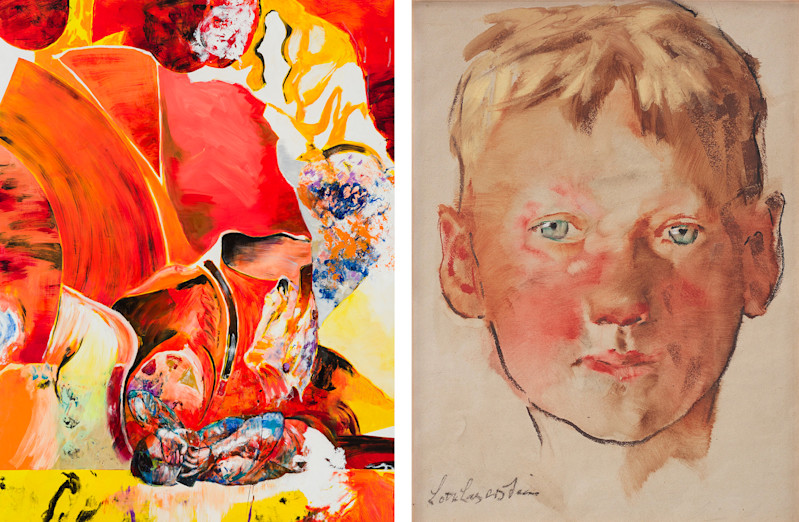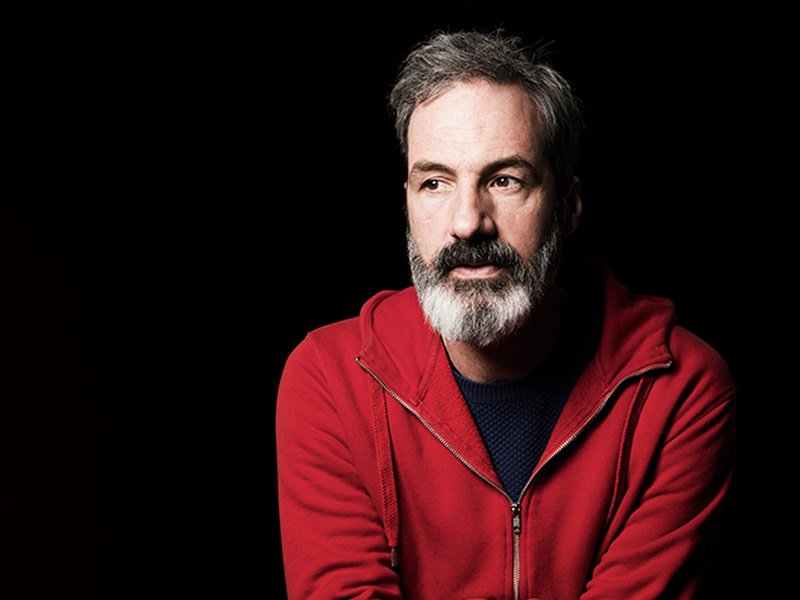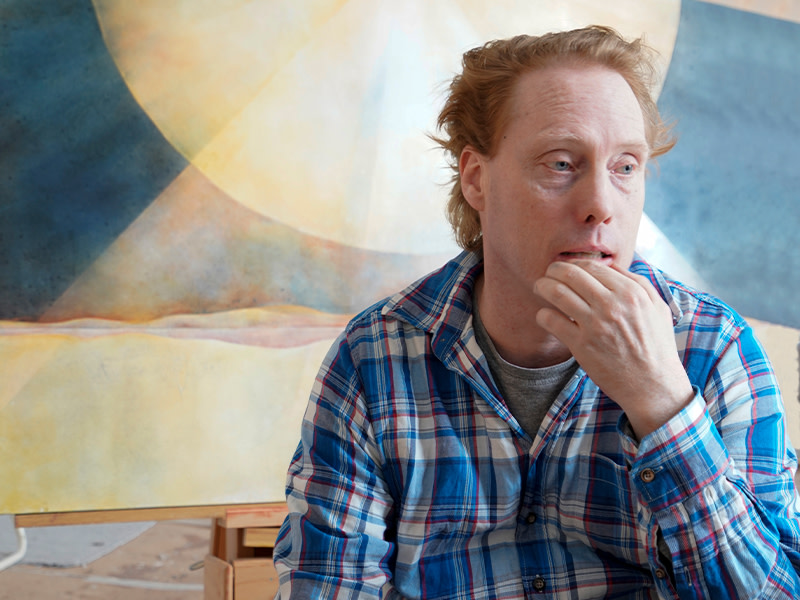Carnival An Odyssey of Brazilian Art – Interview with Cecilia Dupire and Irene McAllister by Amanda Lygon
Interview
April 17, 2025

Irene McAllister, Head of Artist Liaison at Nara Roesler and curator Cecilia Dupire
Cecilia Dupire, you previously collaborated with CFHILL when you curated the pairing of Anders Krisár (Sweden) and Jin Meyerson (Korea), first exhibited together at Kiaf SEOUL in 2021. That initial meeting evolved into Two-fold, a series of exhibitions across Sweden and South Korea. Now, you’re bringing Brazil to Sweden. What inspired this cultural exchange? Why Brazil and why now?
C: Well, I think that Brazil is filled with vibrancy, and I just wanted to create a meaningful dialogue. It's a little bit different than the ones in Korea because I had been working individually with the artist there. So here, it was more to get to know the emotion and the aesthetic, the kind of texture, of Brazil. The idea was born from a desire to create a meaningful cultural dialogue between Brazil and Scandinavia…two regions with strikingly different landscapes, rhythms, and histories, yet both rich in artistic innovation. Meeting Daniel Roesler at the Venice Biennale, (thanks to our common friends Daniela and Martin Escobari) was a pivotal moment.
Your meeting with Daniel in Venice initiated an interesting conversation that lead to this collaboration with CFHILL. How did it go?
C: Our conversations revealed a shared passion for bringing underrepresented narratives to the forefront and for showcasing art that is both rooted in identity and globally resonant. This connection helped crystallize the vision for the exhibition: to present a selection of Brazilian artists whose work speaks not only to their own cultural backgrounds but also to universal themes of transformation, resilience, and expression.
Through Daniel Roesler’s and Irene McAllister’s precious Brazilian network and through Michael Elmenbeck’s and Louise Widenborg’s enthusiasm and openness we were able to bring this project to life. Their unwavering curiosity and willingness to cross boundaries, connecting people and ideas in combination with hard work made this not only a sweet idea but a tangible reality here at CFHILL.
You travelled through Salvador, Sao Paulo and Rio while preparing for the show. How do you think being physically present in those cities shaped your understanding of Brazilian art and the whole art scene?
C: Traveling through these cities was essential, not just in terms of research, but in immersing myself in the emotional and aesthetic textures of each place. In Salvador, I felt the heartbeat of Afro-Brazilian culture, which resonates deeply in the work of artists like Alberto Pitta and Elian Almeida, both of whom explore themes of ancestry, spirituality, and identity. São Paulo offered a more urban, conceptual edge reflected in the refined abstraction of Bruno Dunley and Sergio Sister, as well as the architectural sensitivity of Artur Lescher.
Rio, with its natural beauty and poetic energy, brought a contemplative yet expressive mood to the selection evident in the works of Cristina Canale, Maria Klabin, and the late Tomie Ohtake. Angelo Venosa and Vik Muniz, both with deep ties to Rio, embody the inventive spirit of the city through material exploration and playful visual narratives.
These travels helped me understand not only the geography but the emotional landscapes that shape these artists’ practices. The result is a multifaceted exhibition that balances regional specificity with universal resonance.
Your work centers on connecting cultures across borders. In curating this exhibition, what did you feel that Brazil could offer to a Scandinavian audience that they might not have encountered before?
C: I think it's that we are very different regions. We are this kind of cold culture. We are living in the darkness in some sense. There is a melancholy in our culture, and a sense of aloneness. Whereas Brazil, I think that they have this very joyful dialogue with life.
Even if the circumstances are much harsher than in Sweden, nature plays an important role and is very present in both countries.
In this spirit we were able to assemble a group of artists whose practices span diverse media and voices. Each one brings a distinct perspective that collectively paints a complex, vibrant portrait of Brazil.
What do you think the Scandinavian audience will take away from this exhibition?
C: I hope Scandinavian audiences come away with a sense of emotional closeness to a culture that may feel geographically distant but is deeply human in its concerns - identity, nature, memory, and social transformation. These works aren’t just visual experiences; they carry the pulse of Brazil; its joys and tensions, its histories and hopes. Whether it’s the tactile spirituality in Alberto Pitta’s work, the political undertones in Elian Almeida’s portraits, or the luminous abstraction of Tomie Ohtake and Artur Lescher, each piece invites introspection and connection.
By engaging with this art, I hope viewers feel both a sense of longing…for the warmth, rhythm, and vitality of Brazil and a sense of belonging, recognizing shared emotions and aspirations across borders. This is not just a celebration of Brazilian culture, but also a reflection on how art can bridge worlds, expand perspectives, and remind us of the beauty in difference.
Irene, as the Head of Artist Liaison at one of South America’s most prominent galleries, you're deeply connected to the creative and, I imagine the logistical, side of curating exhibitions. How did you approach this collaboration with Cecilia and CFHILL?
I: I think this was a unique opportunity in that it's different from the things we usually do, like fairs or museum shows and institutional shows. It (CFHILL) was a space, that, from the get-go, was extremely open minded in showing a wide variety of artists and mediums.
It is an opportunity for us to move away from the usual circuit where we show art globally, and an opportunity to show works for a longer amount of time. Fairs are usually the moment where we bring a lot of our artists to show to large audiences, but fairs last only four or five days. Whereas here, we had this opportunity to show all these works for almost two months, which I think is something very special in that it really allows the local audience to come, come back if they want to, to think about the work and think about the show. We really saw it as a great opportunity to dialogue, and Brazil is a very large country. Culturally, it's very rich.
I think one of Nara's biggest and most important endeavors as a gallery is to strengthen our artist's presence globally, and this felt like it fit right into that vision.
Having worked closely with the Brazilian art scene and its artists, what do you think was especially important in bringing Brazilian art for us to see in Sweden?
I: I think it's hard, I was thinking about this earlier today, whether there is one thing that is Brazilian art.
I think, as you'll see in the show, the production is extremely diverse. And as Cecilia was saying, there's some works that are very related to Brazilian communities, political issues and communal traditions, like you can see in Alberto Pitta, which is very enmeshed in the carnival through Salvador's carnival period, and Afro Brazilian religion. And then you have other artists that are very geometric, very abstract, and so there's just a huge range. And I think this show allows a country that is so far away from Brazil and probably has not had that much exposure to the country to understand how multifaceted and layered it is. Though all these artists are Brazilian and influenced by the country, this gives way to extremely diBerent productions.
It's showing that diversity, and that you can't really pinpoint it as “this means Brazilian art” or “this is typical of Brazilian art”. I guess that doesn't exist. It's so wide, you know? I believe that the strength of this exhibition is showing that variety and that diversity that makes up the country.
In 2012, Nara Roesler doubled its Sao Paulo exhibition space, in 2014 it expanded to Rio and in 2015 it opened in New York City. Being such a well-established gallery, do you think Nara Roesler plays a role in shaping how Brazilian art is viewed globally, is there a responsibility there?
I: Absolutely. I think New York in that sense was fundamental because it gave us a space to introduce our artists into a new audience, kind of like this first step that we're doing here. We've been there for ten years now, and I think Nara saw it as her responsibility to bring Brazilian art to The United States, and to create these dialogues with our local artists as well. There are many different movements in Brazil just like there are in the US, and they haven't necessarily historically dialogued, but it's interesting to see how they can resonate with each other, each having their own personal histories or their own social histories.
What has the response been to bringing Brazilian art to a different part of the world?
I: I think it's been extremely positive. In Brazil people have been very admiring. But in 2021, we moved from a smaller space in the Upper East Side to a large gallery in Chelsea. In the middle of a pandemic, we made that move, and it was a big risk. It was a bit scary. But I think that was also very well received in the sense that you can really see that Nara is giving it her all to support her artists and show them and put them out there in New York.
What do you think the Swedes will think about Brazilian art being brought here?
I: Well, I don't know what Swedes will think, but I hope that you discover many artists that will stay with you for a long time, and I hope that they're artists that interest you enough that you can follow them and hopefully how their careers evolve. And hopefully, we can bring them again and you can see them again. But I just hope this is an opportunity to open a bit of a new window for Swedes into the huge universe of Brazilian artistic production and all its ways of expression.
Gallery
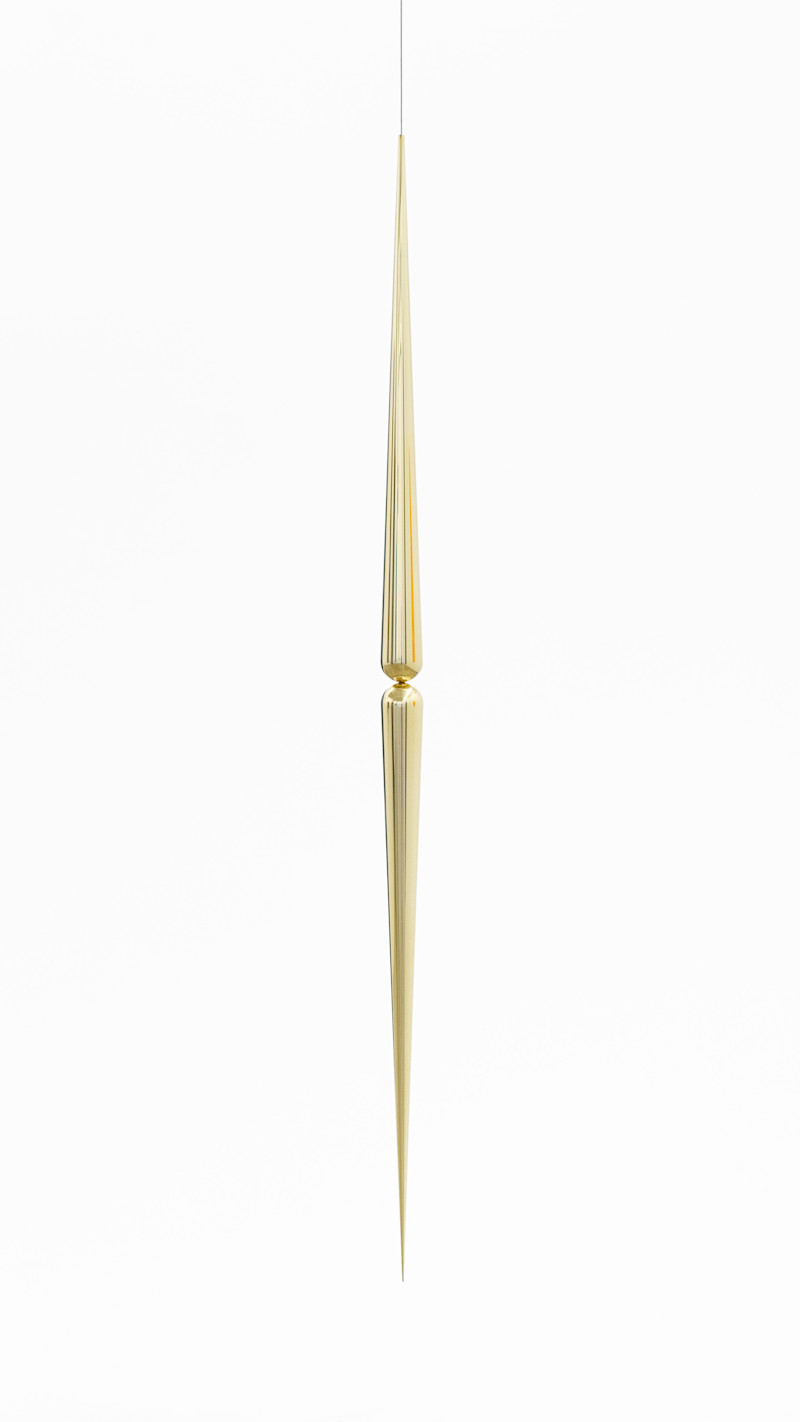
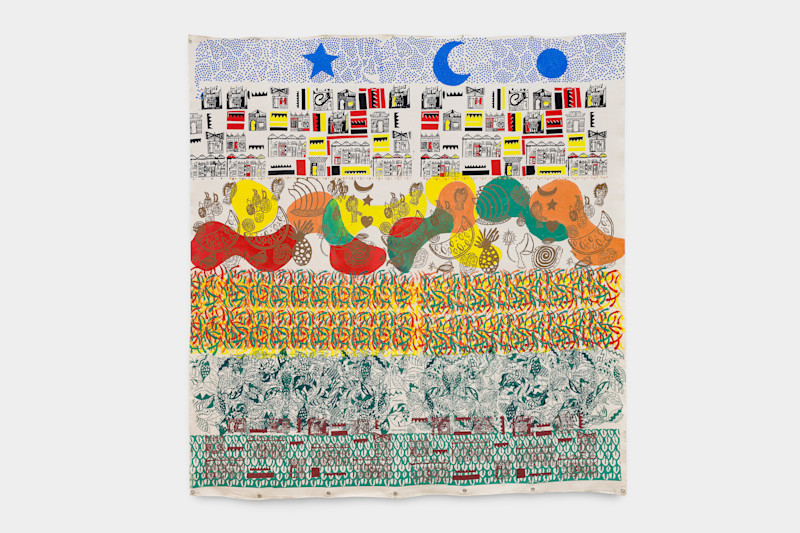
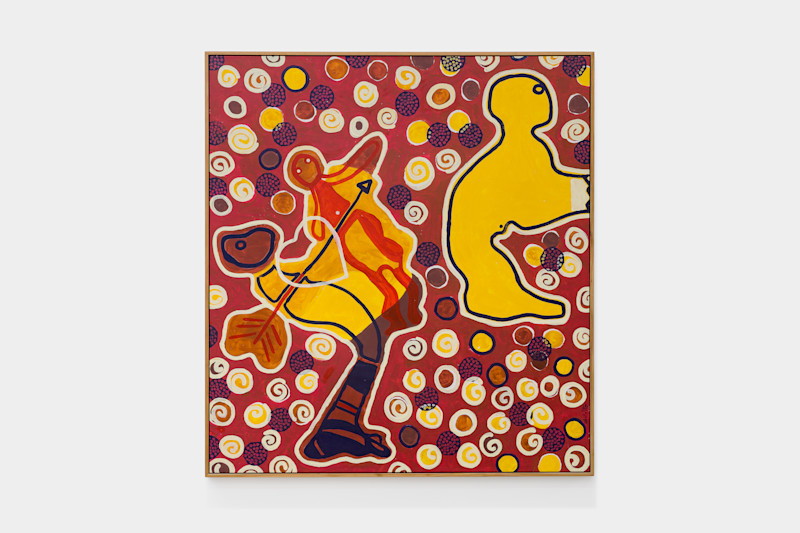
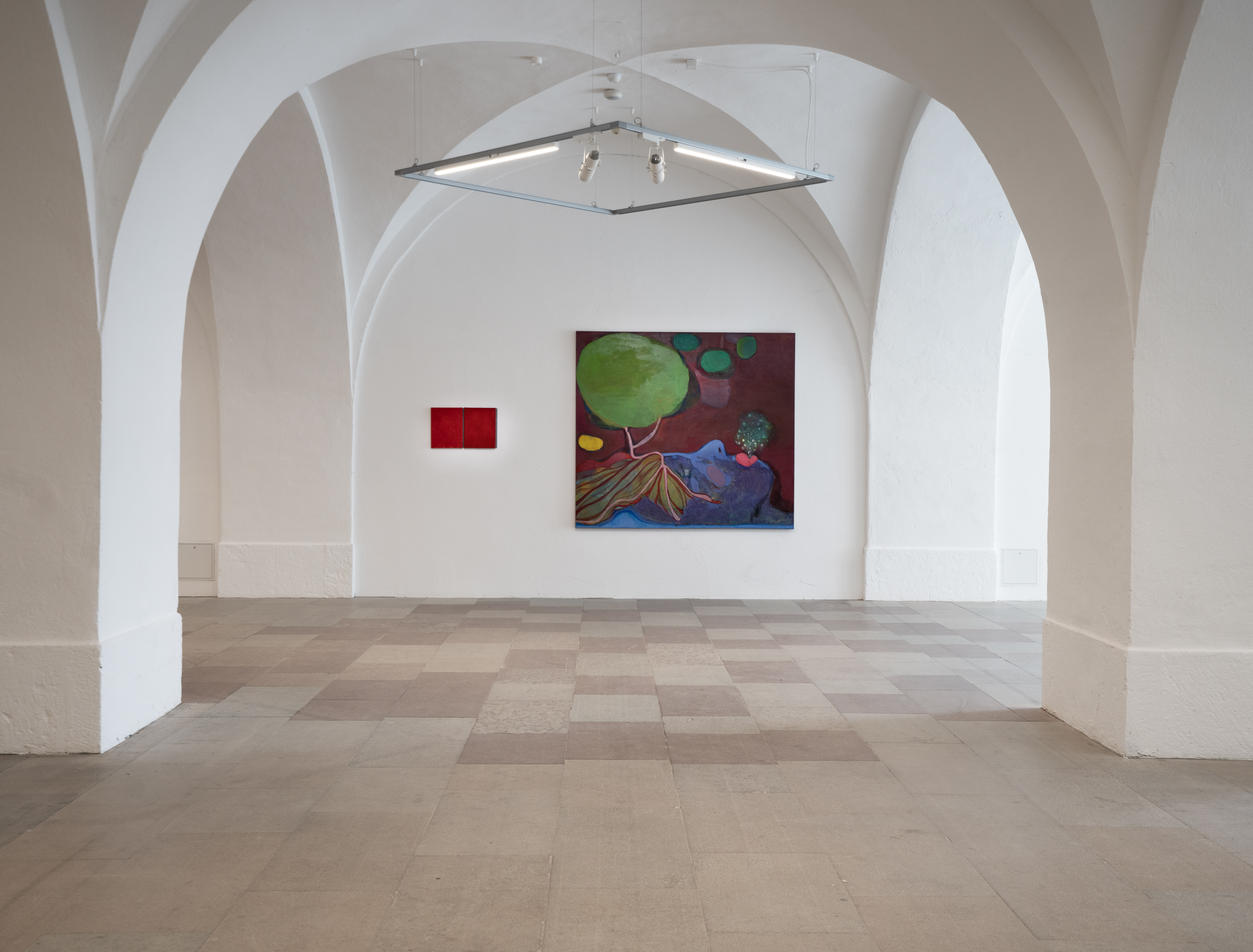
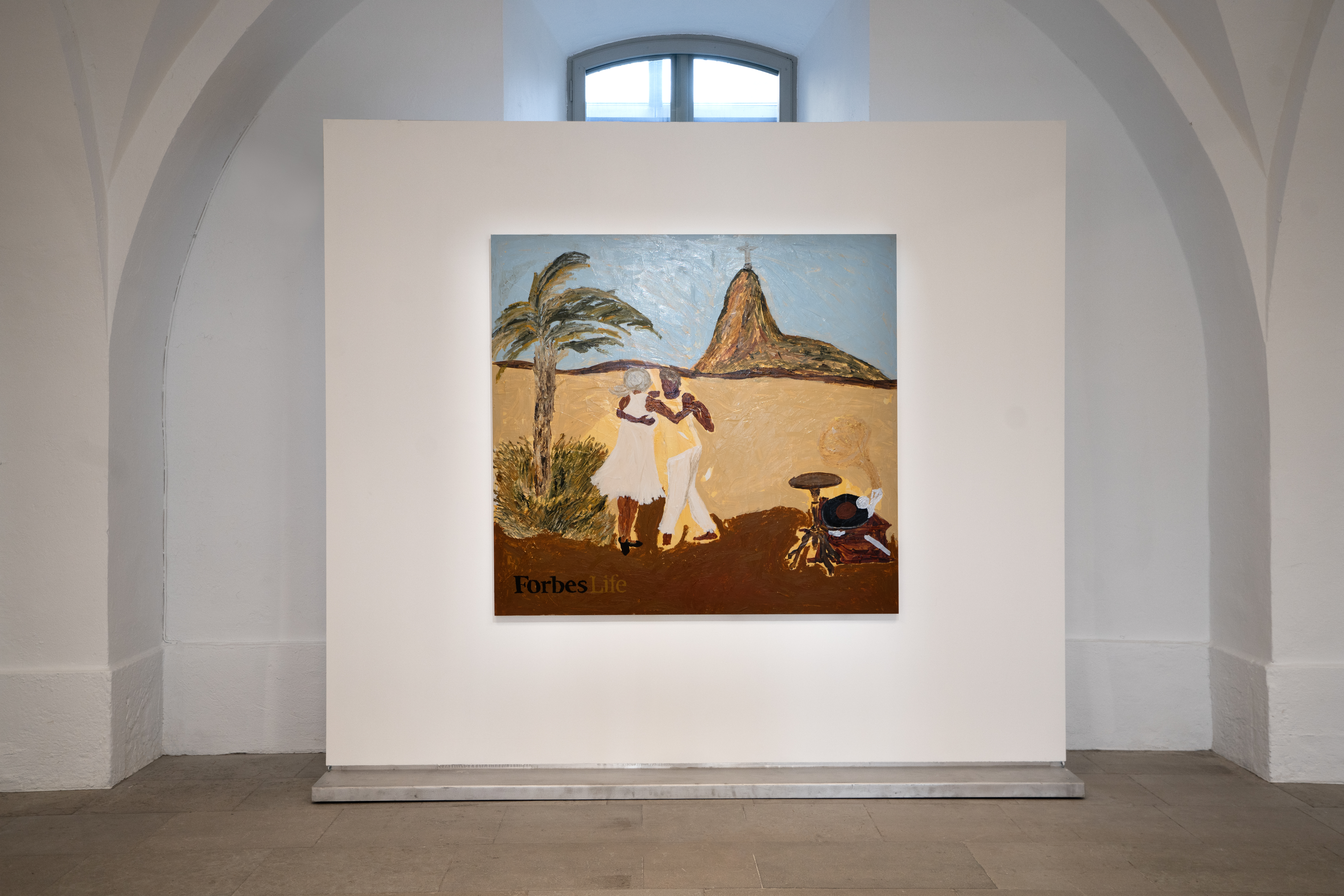

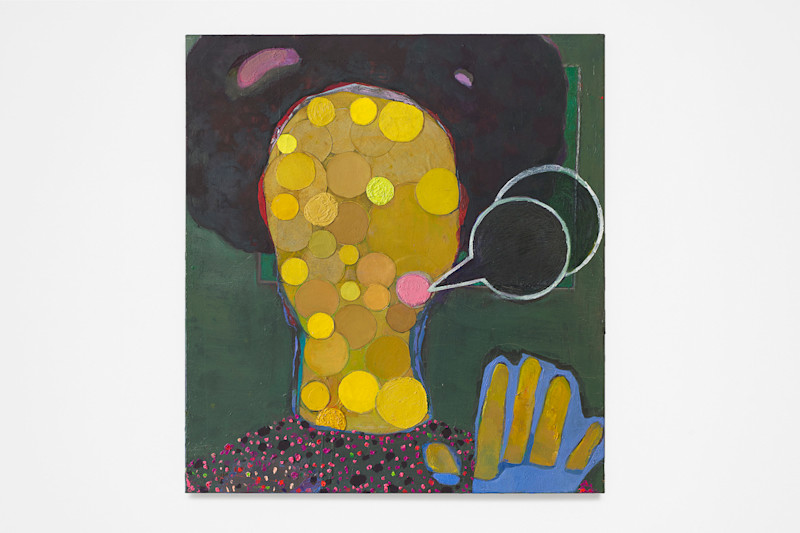



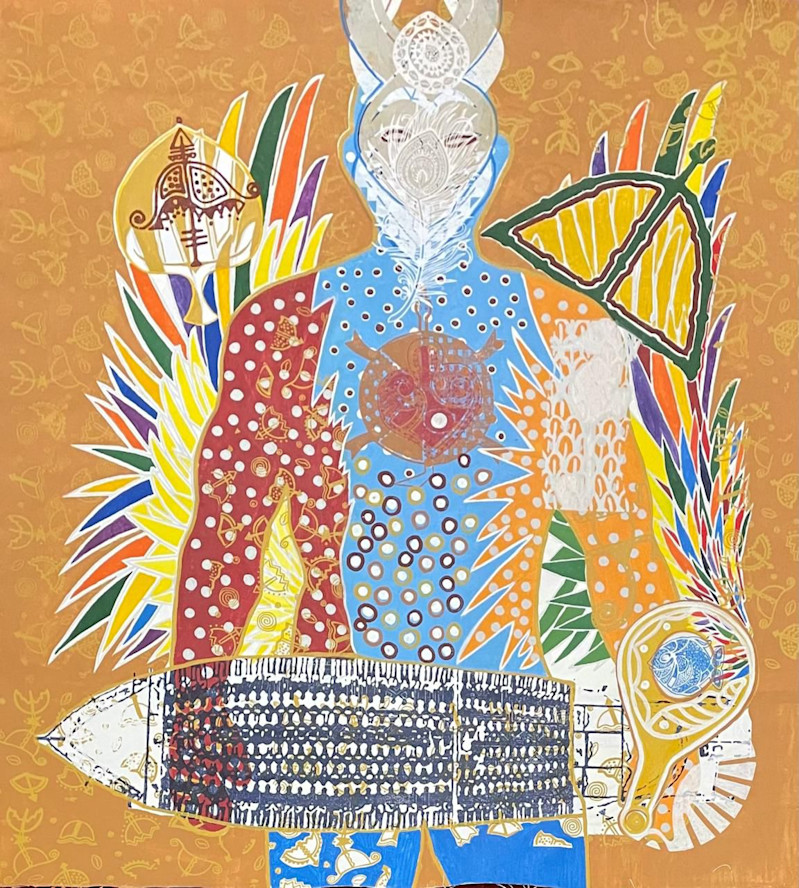

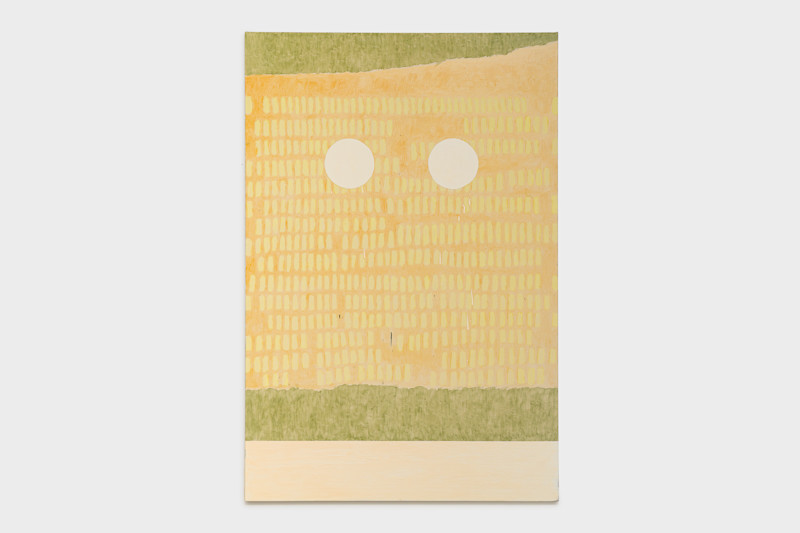
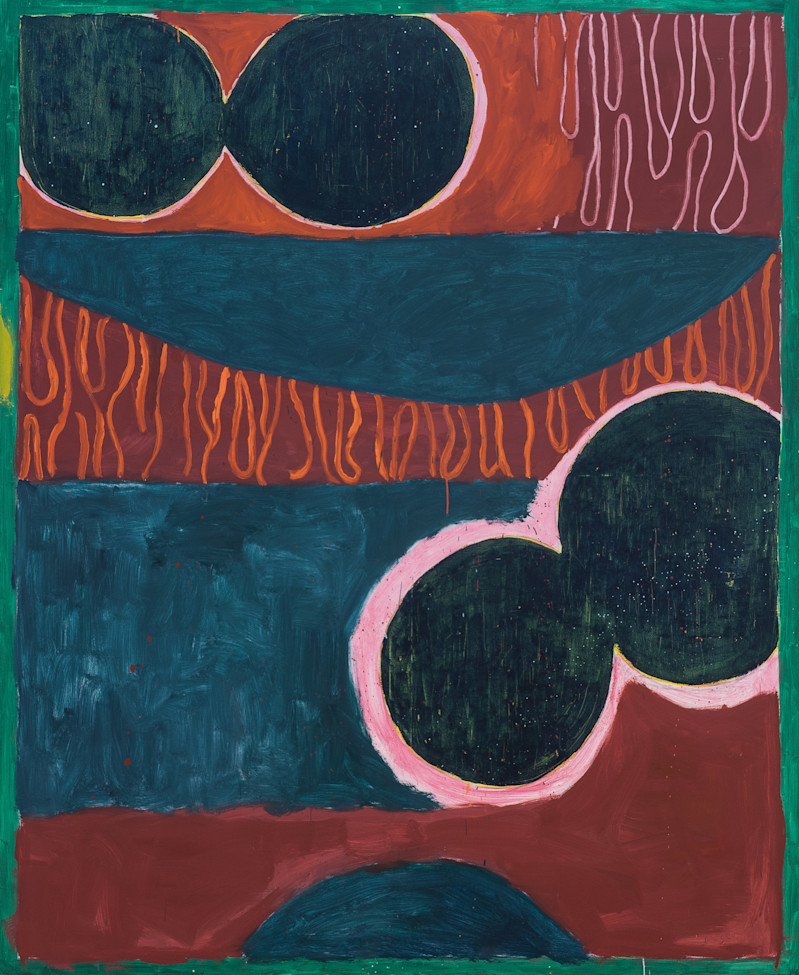
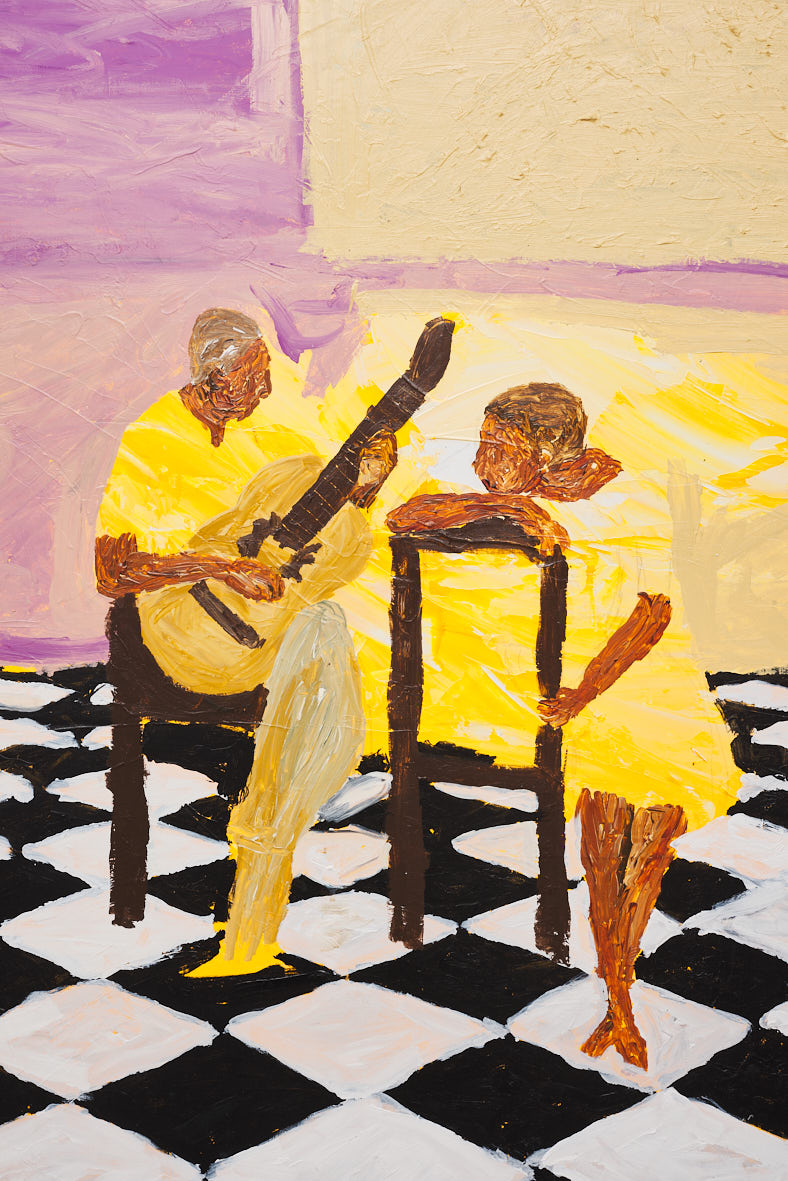
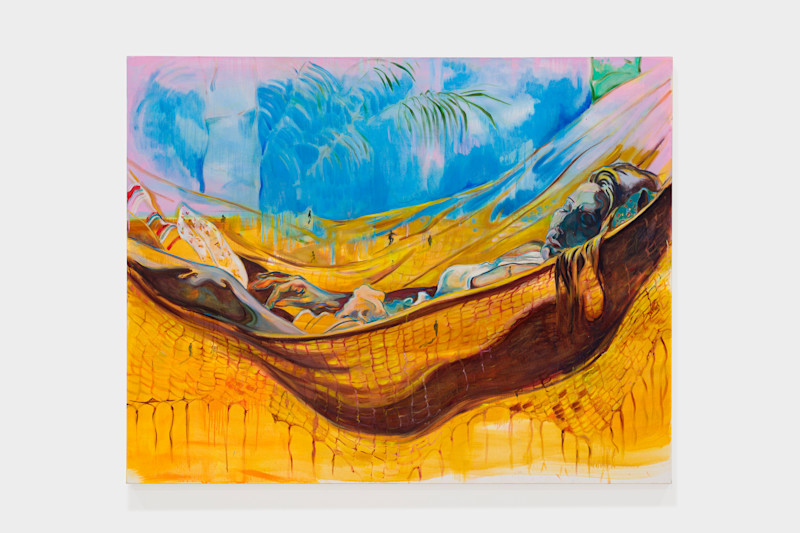
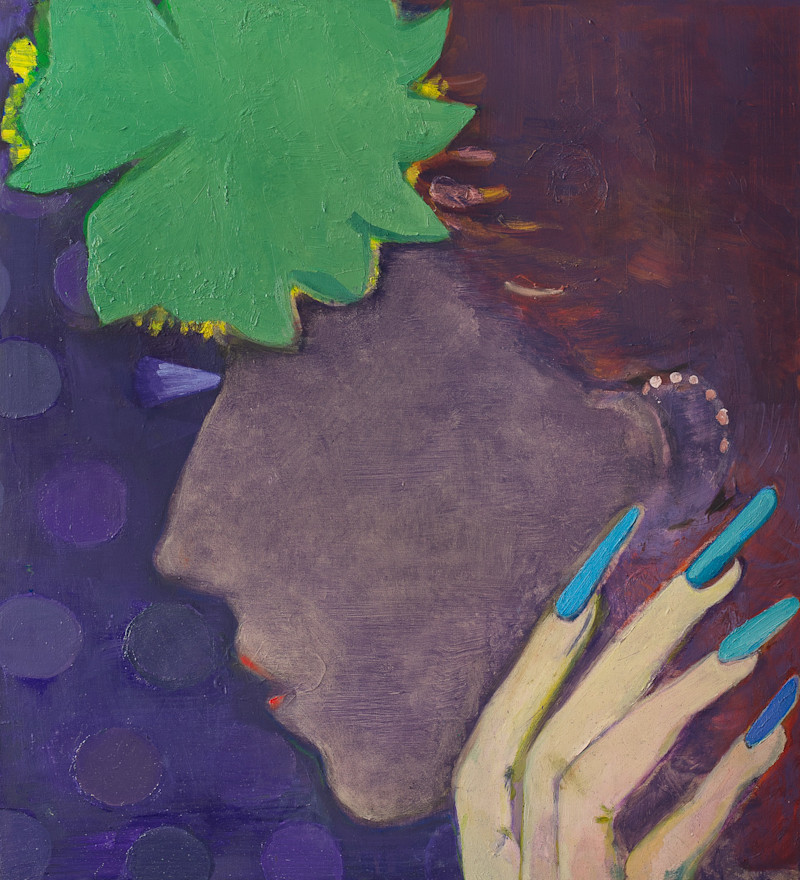
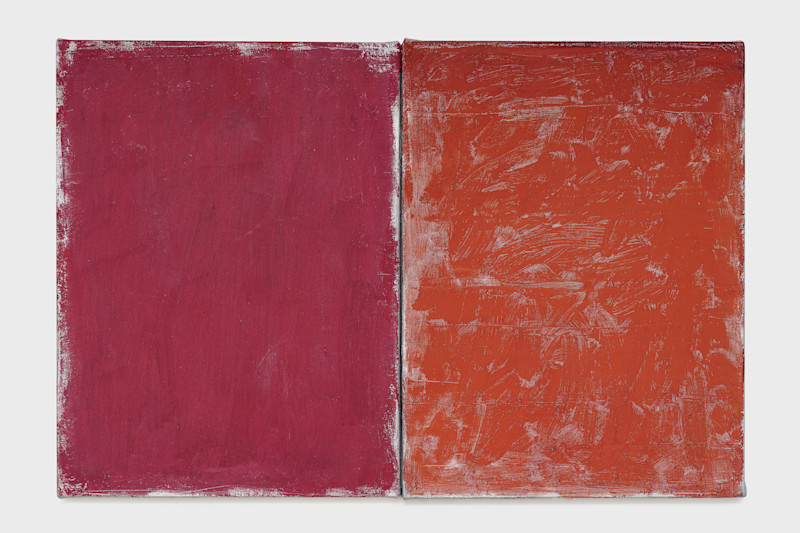
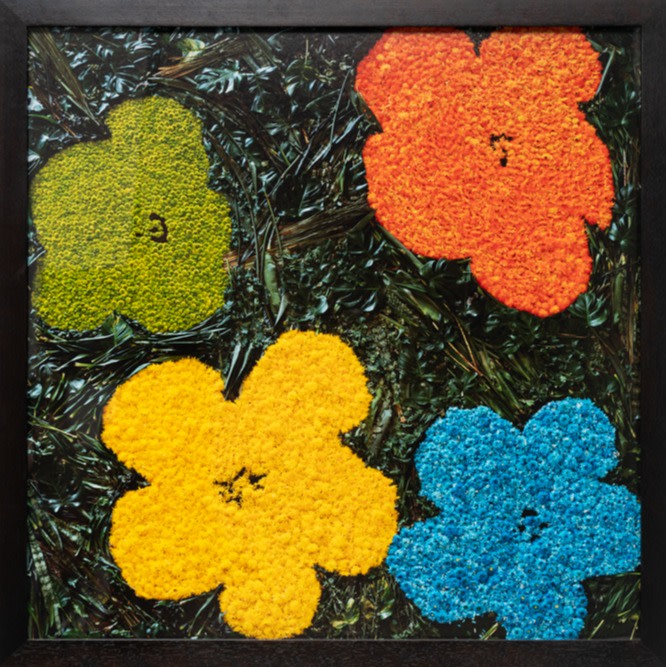
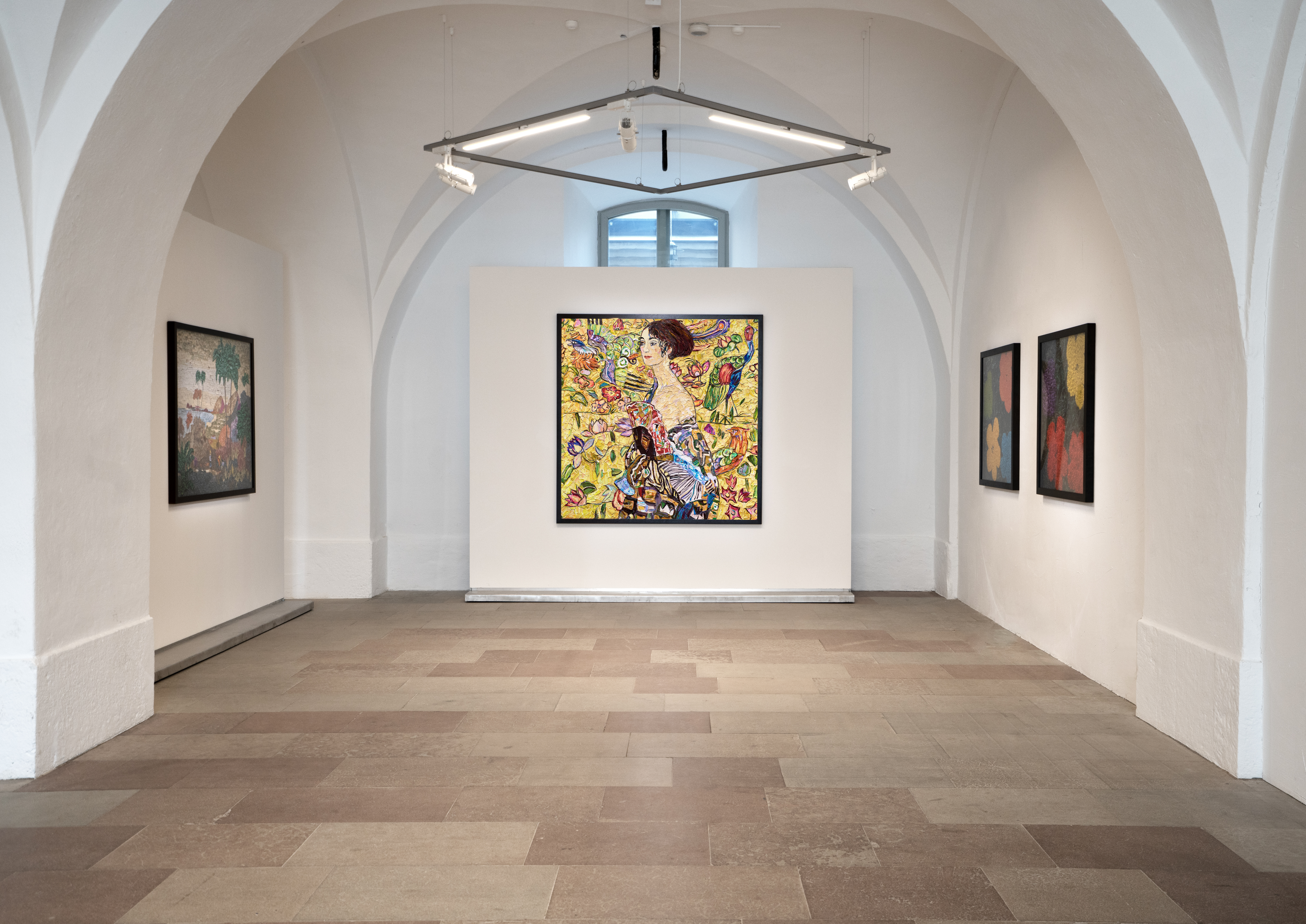

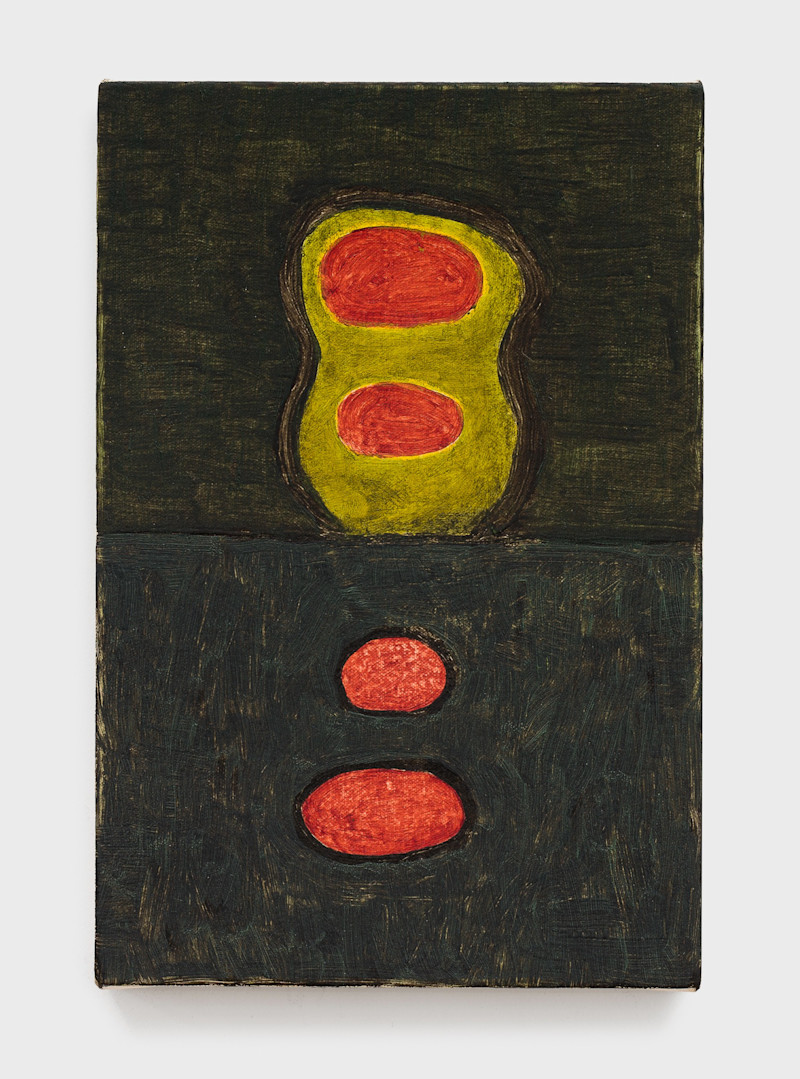
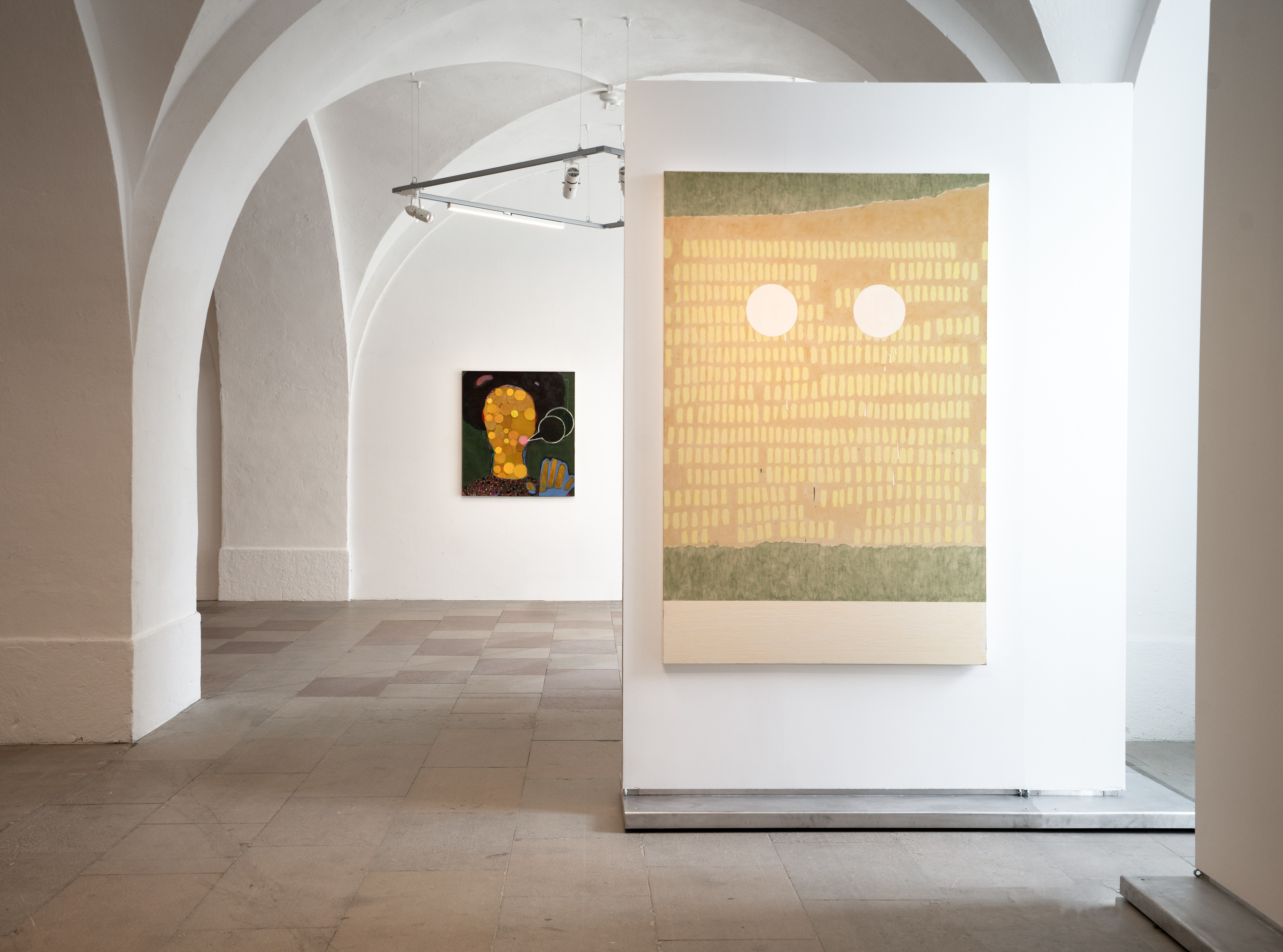
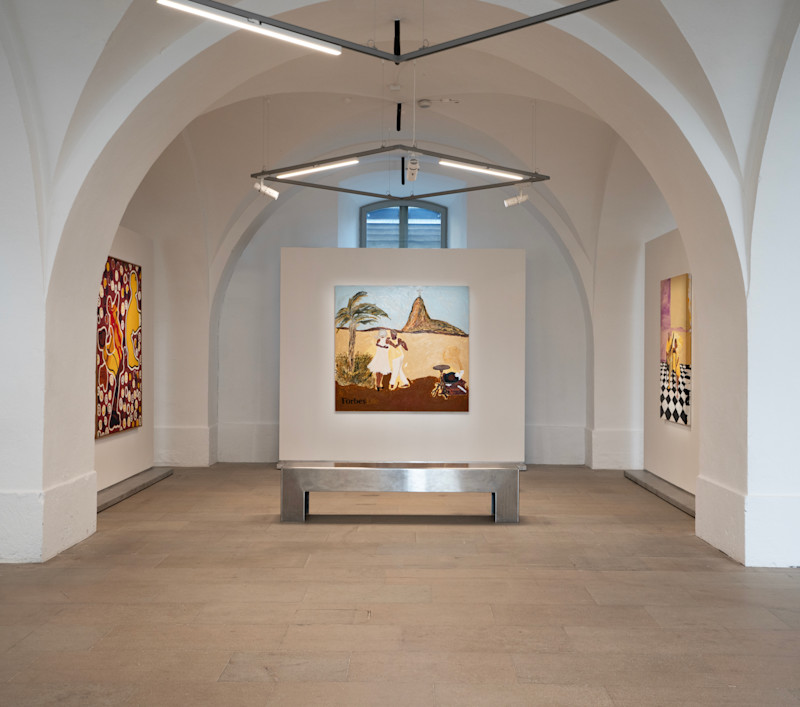

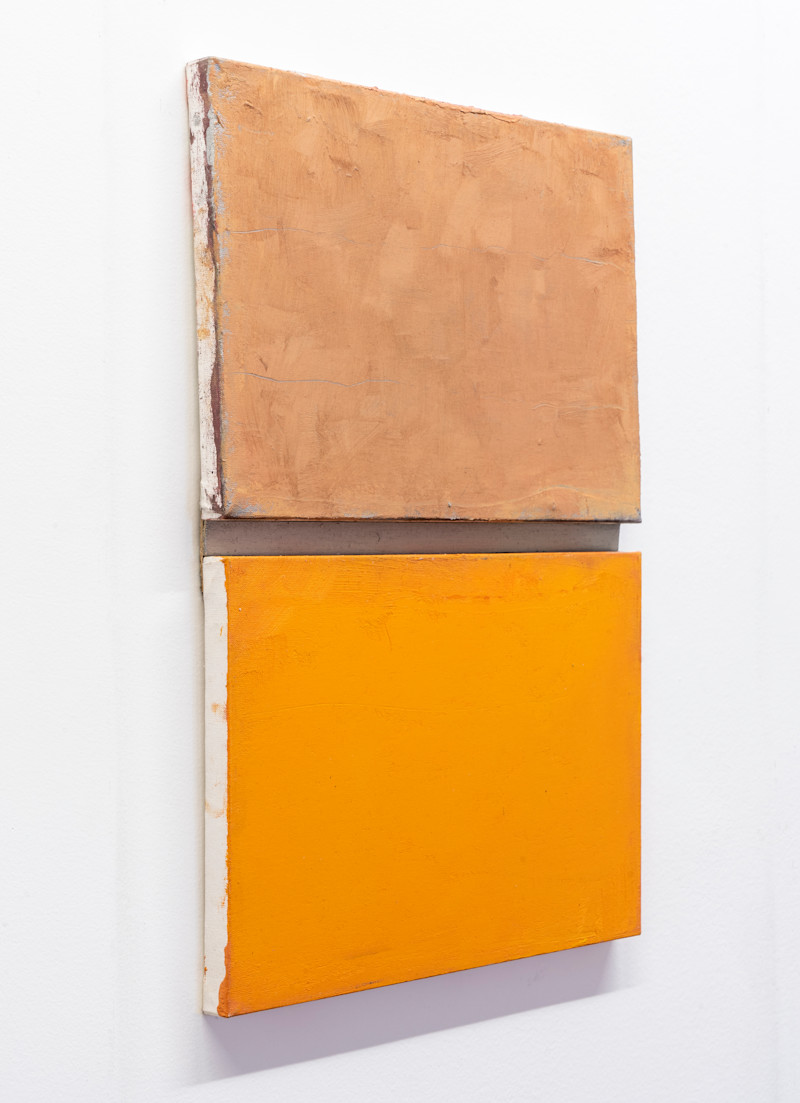
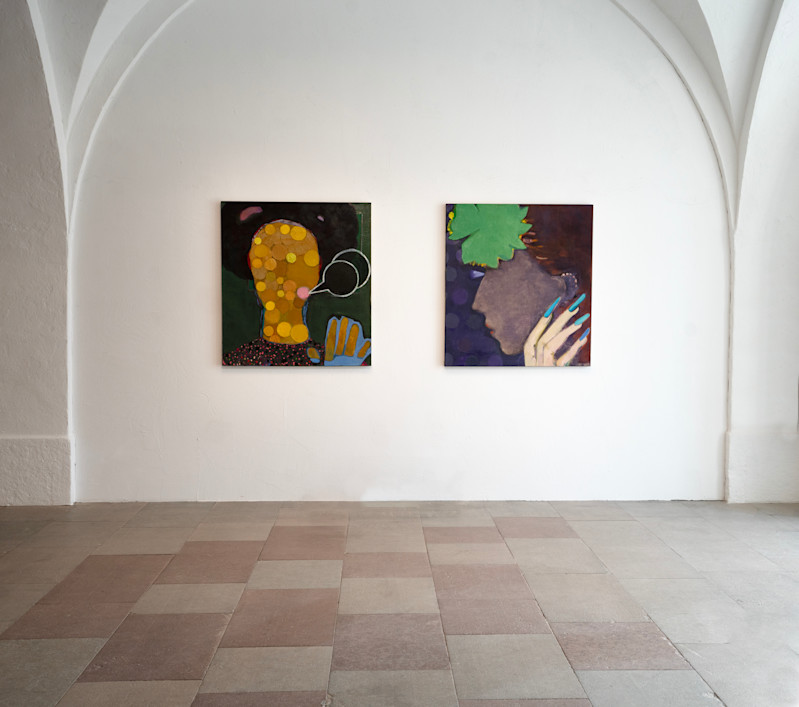

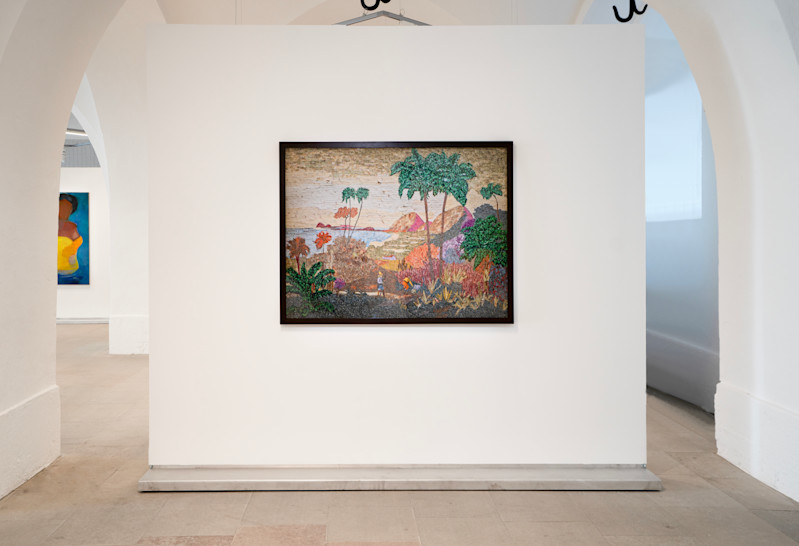
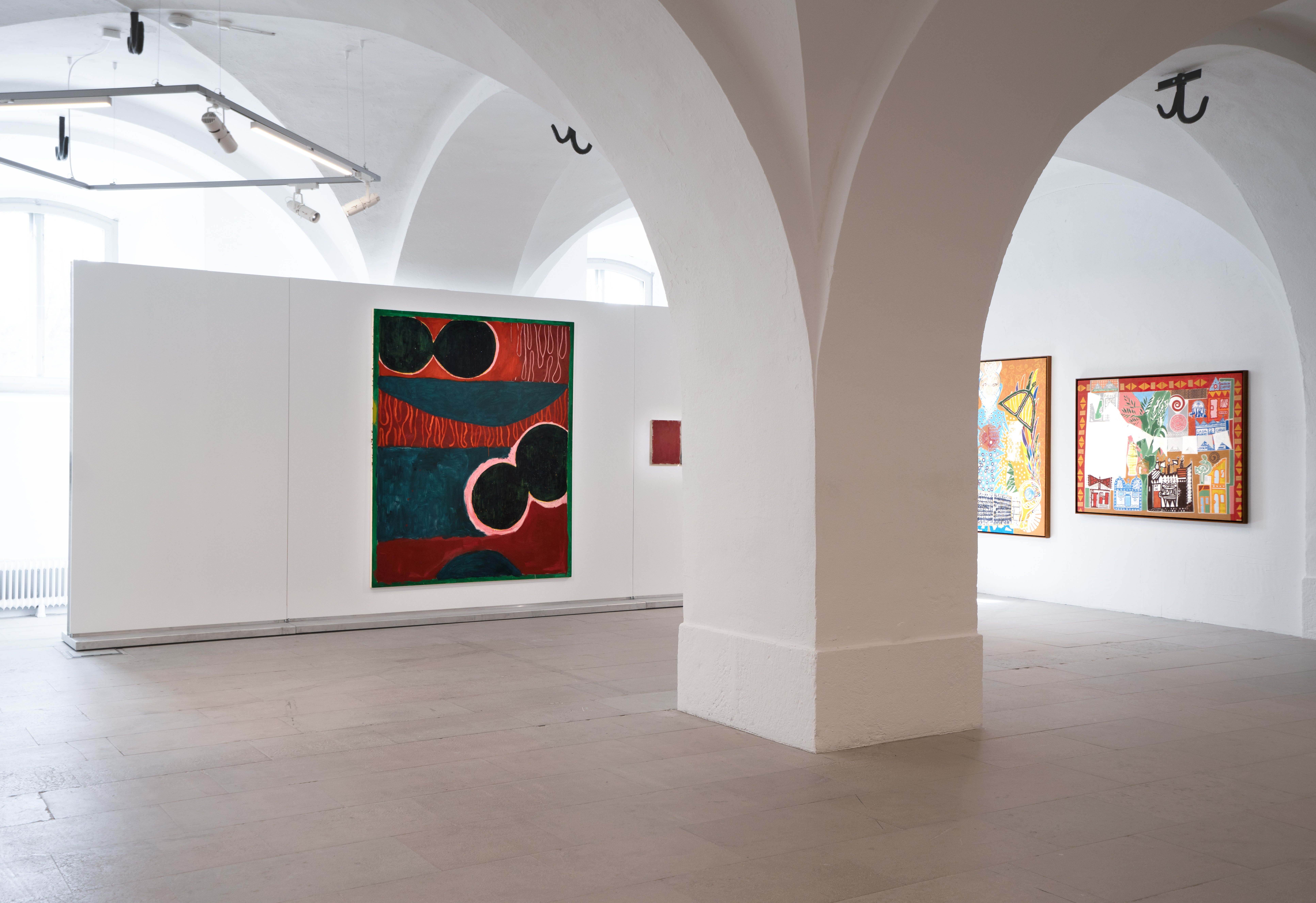

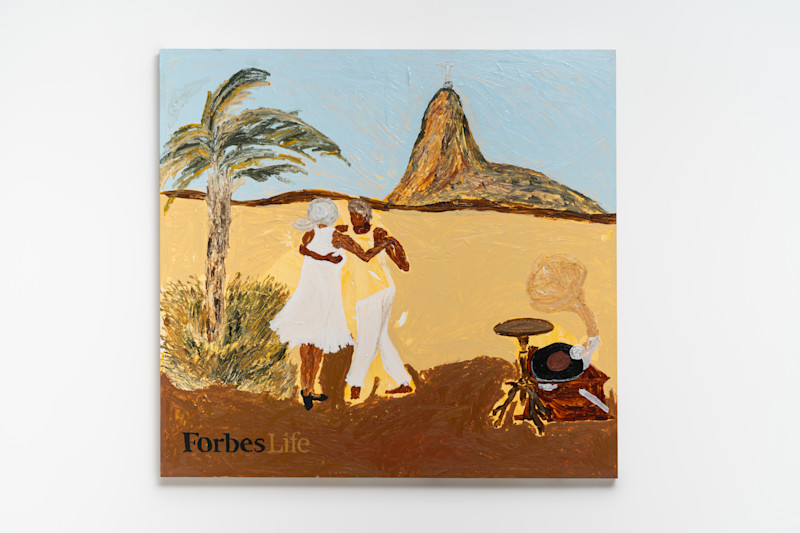
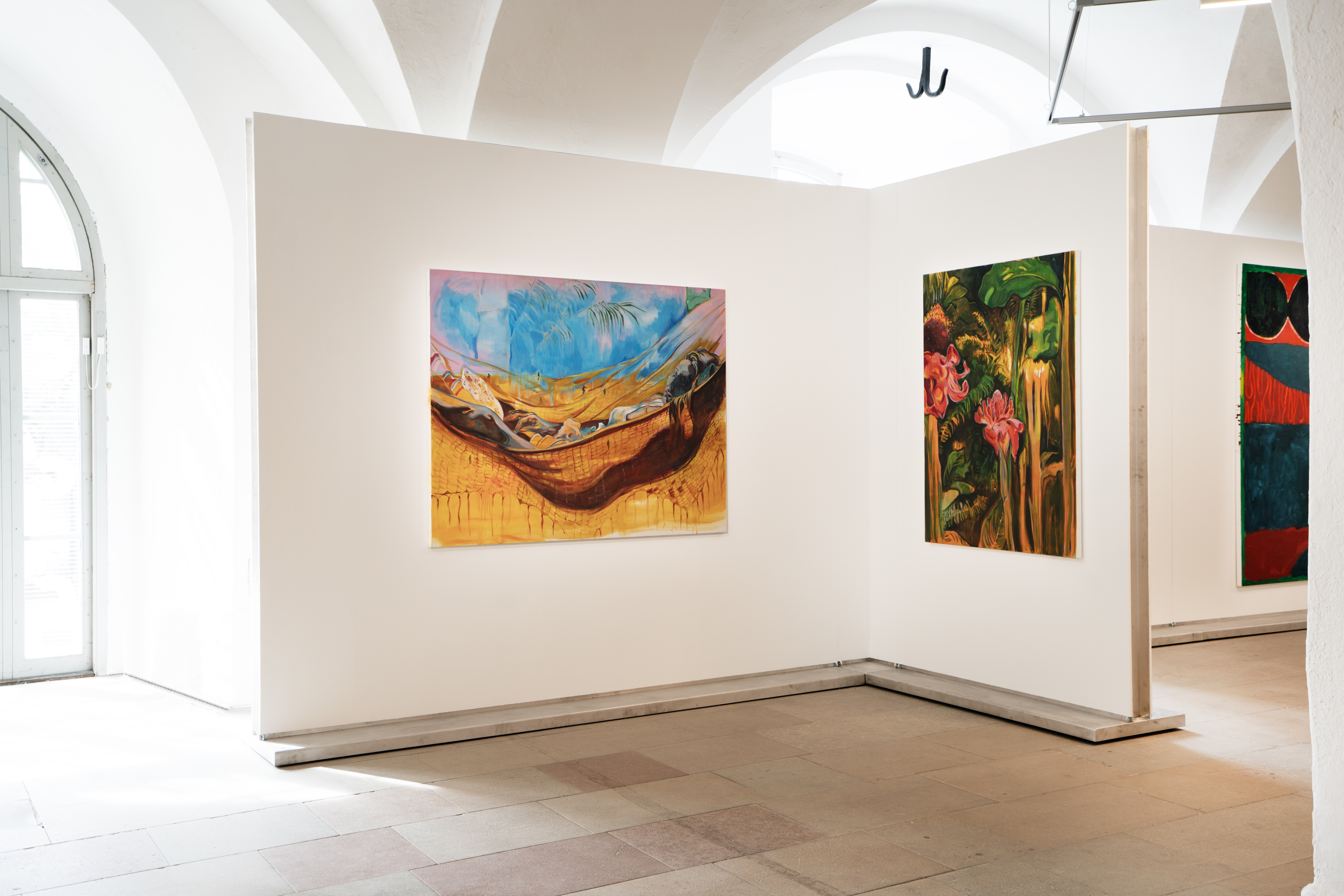
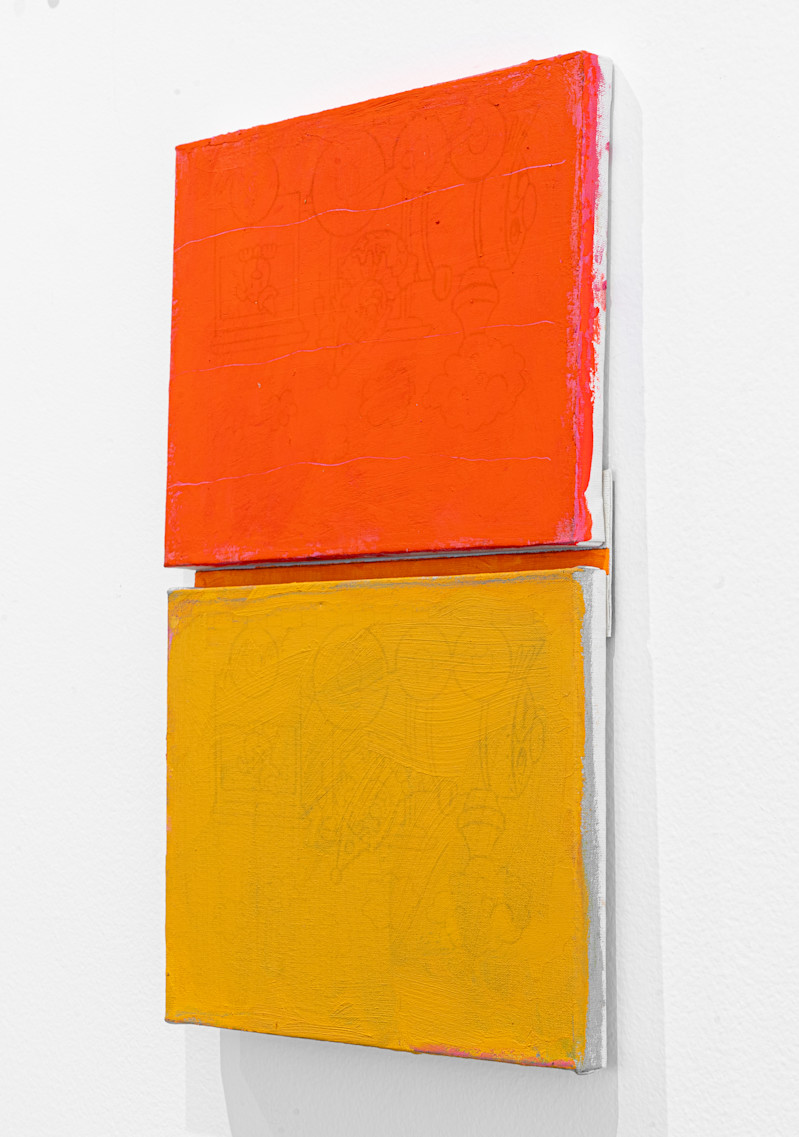

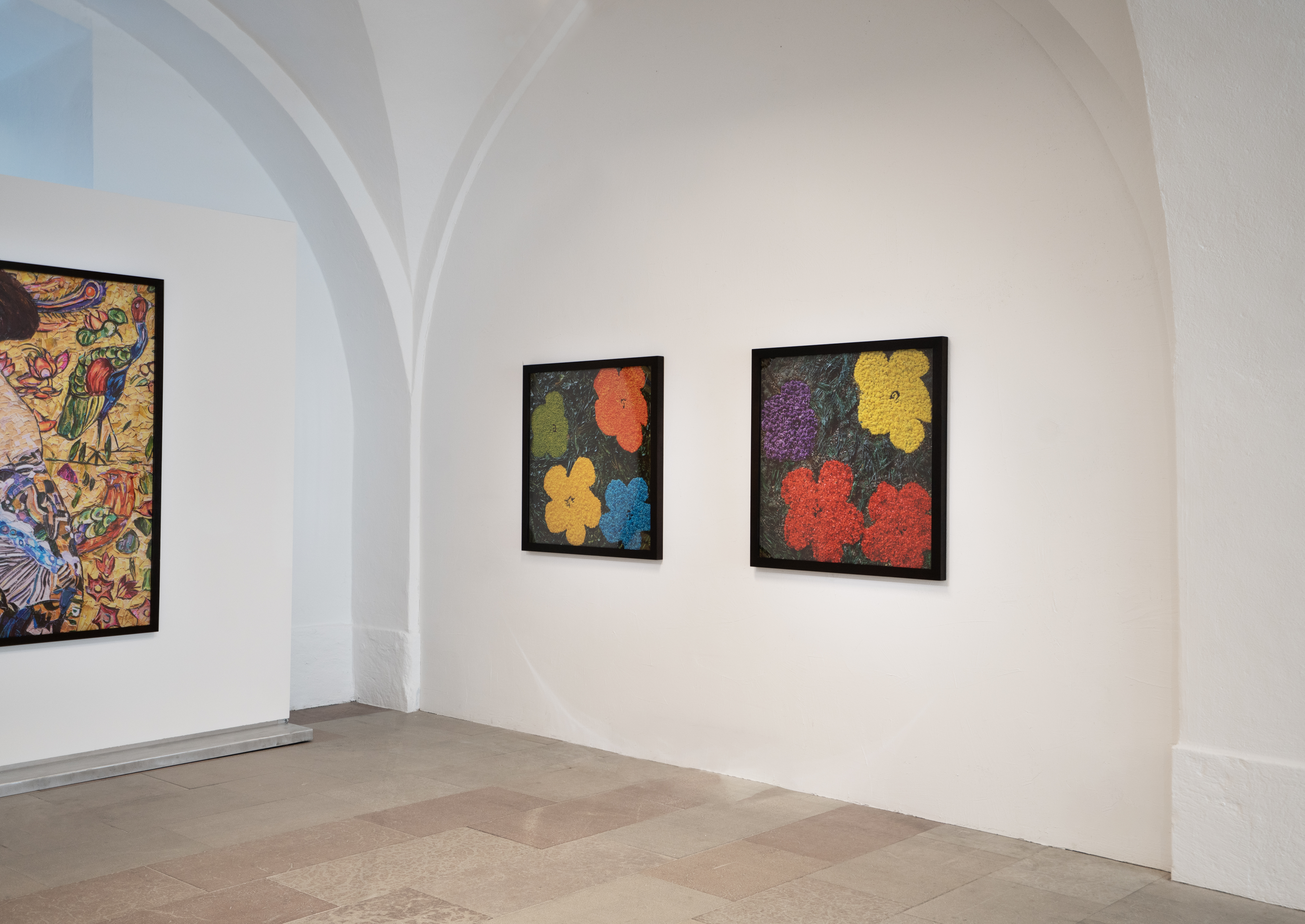

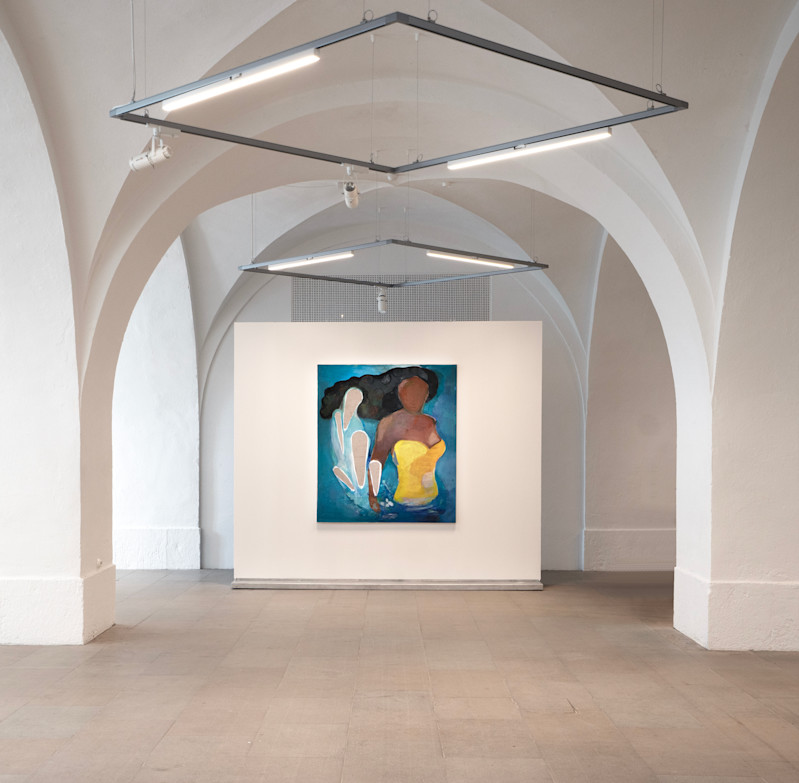
Carnival An Odyssey of Brazilian Art – Interview with Cecilia Dupire and Irene McAllister by Amanda Lygon






































Artur Lescher Jojo #3, 2022–2025, Brass and steel cable, (ed 4/5 + 2 AP), 220 x Ø 9 cm
Alberto Pitta Logunedé Atlântico, 2024, Painting and silkscreen on canvas, 168 x 146,5 cm
Alberto Pitta Iroko (série Moradismo), 2024, Painting and silkscreen on canvas, 130 x 168 cm
Alberto Pitta Fartura (Abundance), 2023, Paint and print on canvas, 338 x 315 cm
Bruno Dunley Loki Renaissance, 2024, Oil on canvas, 30 x 20 cm
Bruno Dunley Lago, 2024, Oil on canvas, 30 x 20 cm
Bruno Dunley Pata de cavalo perna de bailarina, 2015, Oil on canvas, 200 x 150 cm
Alberto Pitta Namorados (Lovers), 2020, Paint and print on canvas, unique edition, 171 x 156 cm
Bruno Dunley Duas luas (Two Moons), 2024, Oil on canvas, 180 x 120 cm
Cristina Canale Sopro, 2023–2024, Oil paint, acrylic paint and fabric collage on linen, 170 x 190 cm
Bruno Dunley Gasconha, 2022, Oil on canvas, 220 x 180,5 cm
Elian Almeida ForbesLife, 2025, Acryclic and oil on canvas, 153 x 163 cm
Elian Almeida Sem título (Cartola e Dona Zica) / Untitled (Cartola and Dona Zica), 2025, Acrylic and oil on canvas, 145 x 100 cm
Maria Klabin Bastão, 2023, Oil on linen, 140 x 100 cm
Maria Klabin Rede, 2023, Oil on linen, 125 x 160 cm
Sérgio Sister Sem título, 2019, Oil on canvas, 41 x 30 cm
Sérgio Sister Laranja e amarelo com ligação laranja (Orange and yellow with an orange connection), 2019, Oil on canvas, 38 x 25 cm
Cristina Canale Teach (Fessora), 2023–2024, Mixed media on canvas, 110 x 100 cm
Cristina Canale Brisa, 2021–2023, Mixed media on canvas, 110 x 100 cm
Tomie Ohtake Sem título, 1981, Oil on canvas, 99 x 99 cm
Sérgio Sister Vermelhos com ligação e lateral cinzas (Reds with a connection and gray sides), 2023, Oil paint on canvas, 35 x 57 cm
Sérgio Sister Terras, 2017, Oil on canvas, 40 x 61,5 cm
Sérgio Sister Amarelos e prata (Yellows and silver), 2022, Oil on canvas, 35 x 84 cm
Vik Muniz Flowers after Warhol #05 (Portfolio Flowers, after Warhol series), 2012, Archival Inkjet print, Edition of 24 + 10 AP, 91,4 x 91,4 cm
Vik Muniz Flowers after Warhol #10 (Portfolio Flowers, after Warhol series), 2012, Archival Inkjet print, Edition of 24 + 10 AP, 91,4 x 91,4 cm
Vik Muniz Dinheiro Vivo: Praia Rodrigues, a partir de Johann Moritz Rugendas (Living Money: Praia Rodrigues, based on Johann Moritz Rugendas), 2022, Inkjet print on archival paper, Edition of 6 + 4 AP, 101,6 x 134,4 cm
Vik Muniz Lady with a Fan, after Gustav Klimt, 2023, Inkjet print on archival paper, Edition of 4, 163 x 160 cm
